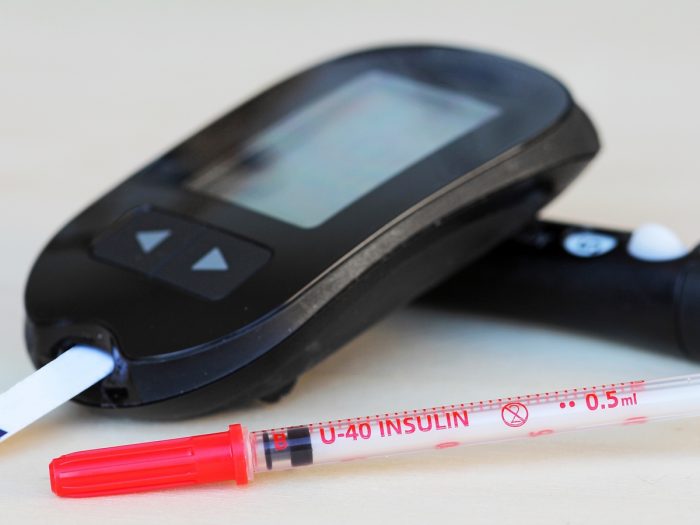A glucose tolerance test may be a good choice if you are worried that your body isn’t properly breaking down glucose or producing enough insulin. It is a simple test that can provide important answers if your health is being impacted.
What is a Glucose Tolerance Test?
A glucose tolerance test is a means to determine how well your body is able to break down sugar. It consists of taking a measurement of your blood, injecting or consuming a certain amount of glucose, and then measuring the glucose levels in your blood following that intake of sugar. Depending on the concentration of the glucose in your blood, it is possible to determine whether your body is functioning properly in terms of glucose breakdown. [1]
Why is it done?
Glucose tolerance test is administered to determine whether you are suffering from Type 2 diabetes or gestational diabetes. If you think that you are experiencing some of the symptoms of diabetes, your doctor will almost certainly recommend that you take one of these very common tests. In the case of Type 1 diabetes, it is easier to recognize and diagnose, but if you are developing Type 2 diabetes, the symptoms may be more difficult to properly identify. [2]
Most pregnant women should undergo this test due to the high risk of gestational diabetes, and the test will typically be administered around the 24th week of pregnancy. If the signs of gestational diabetes have appeared before then, your doctor may give you the test earlier in your term.

Glucose intolerance can be a sign of pre-diabetes, type 2 diabetes, impaired fasting glucose, and impaired glucose tolerance. Photo Credit: Shutterstock
How to Prepare for the Test?
Before you undergo a glucose tolerance test, most doctors will recommend an eight-hour fast, without any food or beverages, aside from water. In the days leading up to the fast, however, it is best to eat a normal diet. Avoid urinating before the test, as a urine sample may be required, and be sure to inform your doctor of any medication you may be taking. Things like beta-blockers, antidepressants or steroids, among others, can skew the results of the test, so be as upfront and honest with your doctor as possible. [3]
Glucose Tolerance Test Procedure
There are a few different types of tests, including an oral test and an injection test.
Oral Test
This is by far the most common form of glucose tolerance test; a sample of blood will be taken to measure your resting glucose rate. A glucose-dense drink will then be consumed, and blood sugar levels will be measured every 30-60 minutes for anywhere from 1-3 hours. Depending on what your results are, it may necessitate taking more measurements. [4]
Injection Test
This test is used very infrequently but consists of glucose being injected directly into your vein, and then measurements of your blood sugar are taken 1, 2, and 3 minutes after the injection. This test is not recommended for diagnosis of Type 2 or gestational diabetes. [5]
Side Effects
In terms of risks or side effects to taking this test, there are very few. Some women experience nausea following the ingestion of the glucose mixture, particularly because they have had to fast for the previous 8 hours. The sudden burst of glucose may cause symptoms of nausea, but this should pass quickly. Thirstiness is also a common side effect of the test, but this is easily remedied once you are allowed to drink beverages again.
Results
The results of a glucose tolerance test are relatively easy to read and understand. Two hours after you consume the glucose solution, your blood sugar should return to below 140mg/dL. If your blood sugar level stands between 140-199 mg/dL after two hours, it could indicate that you have pre-diabetes. Two hours after the test, if your blood sugar is above 200 mg/dL, it is a good indication that you have Type 2 diabetes. [6]
Glucose Tolerance Test for Gestational Diabetes
As mentioned earlier, most pregnant women will be given a glucose tolerance test to determine whether they are suffering from gestational diabetes, a common problem for many pregnant women. The results are read slightly differently in this situation. This will be an oral version of the glucose test, and a similar glucose solution will be drunk. [7]
Using a one-hour test, your doctor will measure whether your blood sugar is above 140 mg/dL. If it is, he will recommend a three-hour test to determine whether you are pre-diabetic or the severity of your condition. If your result is over 190 mg/dL after one hour, you will be diagnosed with gestational diabetes, and you will need to change your diet and make certain adjustments to your pregnancy plan.
